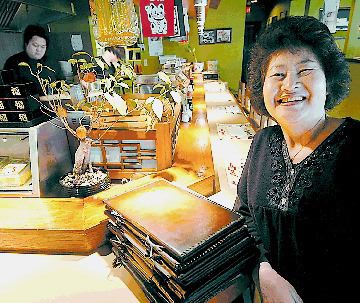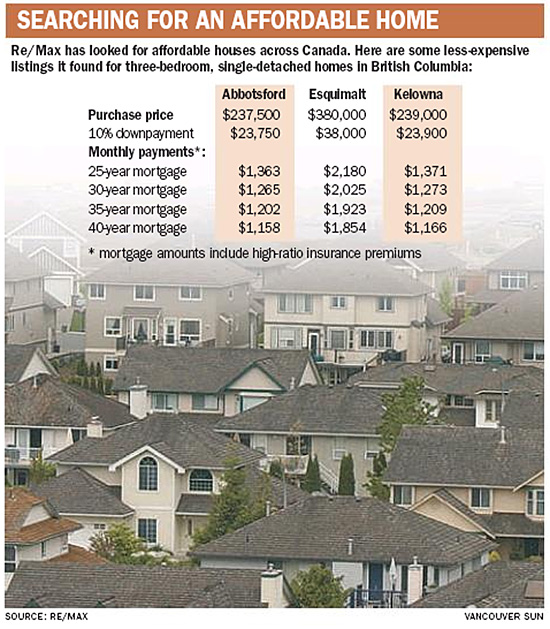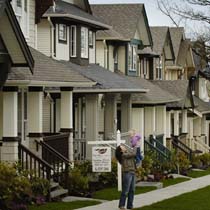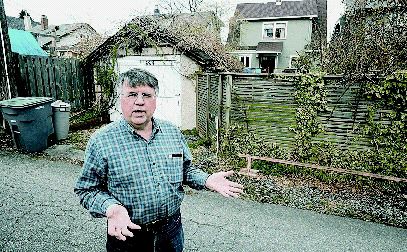In addition to 18 kinds of Mexico’s trademark drink, Tequila Kitchen offers Mexican fare that’s far from the ordinary
Mia Stainsby
Sun

Laura Enriquez and her son Emiliano Nunez sit by the bar at their new restaurant Tequila Kitchen in Yaletown in Vancouver. On the bar are two types of tequila for savouring: Espolon (small glass) and Corralejo (tall glass). Photograph by : Stuart Davis, Vancouver Sun
TEQUILA KITCHEN
Overall: 3
Food: 3
Ambience: 3
Service: 4
Price: $$
1043 Mainland St., 604-681-2120. www.tequilakitchen.ca
Restaurant visits are conducted anonymously and interviews are done by phone. Restaurants are rated out of five stars.
– – –
The name, Tequila Kitchen, trips the imagination, doesn’t it? I noticed my partner walked extra fast toward what sounded like heaven.
This Mexican restaurant in Yaletown lived up to its name — the tequila list is the largest in the city with about 18 good tequilas and one mezcal (which isn’t made from the blue agave to qualify as a tequila).
Tequila Kitchen also offers flights of tequila and if you seem the slightest bit interested, one of the owners, Emi Nunez, appears at your table, sharing his passion for the beverage.
And while there are tequila cocktails and margaritas, you will not find the Slushy-like strawberry margaritas here. What you will find are drinks like jalapeno cucumber margarita; cactus pear margarita; aged tequila with cassis, lime juice and ginger ale; and tequila muddled with raspberries, mint and sugar, topped with soda.
Tequila Kitchen opened in March, offering a discounted seven-course tasting menu for $25, a really good deal. It was their how-do-you-do to Vancouver, with tasters like halibut and octopus ceviche, slow-roasted duck breast in a hibiscus and serrano chile glaze; braised lamb shank in a “drunken” sauce; and chile-glazed spicy pork ribs. The food was a welcome departure from most Mexican restaurants, with not an enchilada or burrito or fajita or taco or nacho to be found.
“I will never do nachos or burritos,” says Laura Enriquez, who owns the restaurant with partner Claudia Ibarrondo and son Emiliano Nunez (Emi). “Maybe they would in the north of Mexico. But I might do enchiladas.”
The introductory $25 tasting menu is no longer running but they do offer another, a $37 tasting menu with 10 items. As well, the a la carte menu is up and running and that’s what we ordered from on our second visit.
Frankly, we weren’t as happy with the larger portioned a la carte dishes. The flavours seemed somewhat out of control — the cactus salad tasted pickled and tostadas de atun (raw tuna on tortillas with red onion, avocado, cilantro and a citrus dressing) didn’t work because the tuna was too chewy. Chile rellanos de mariscos was a messy dish of seafood in a sauce over tortilla but we couldn’t, by taste, tell what the seafood was.
We only tried one dessert, a very common confection in Mexico, the palanqueta de Nuez con Helado — a walnut praline with ice cream, Mexican chocolate and caramel sauce. The pralines were cut into bite-sized half-inch squares, topped with a spoonful of ice cream. I regretted not ordering the pears with whipped cream and brown sugar tequila sauce.
One thing’s for sure. There’s heart and soul in the restaurant. Servers are ultra-friendly and the engaging Nunez makes the rounds and welcomes his guests (and you do feel like welcome guests). With the bill, they bring a notebook to the table for diners to write comments and feedback about your experience and the food. (One closet restaurant critic wrote a densely-filled page, offering opinions on each and every dish his party tried.)
Chef Juan Gonzalez worked in a high-end hotel restaurant in Mexico and at Don Francesco and The Charlatan in Vancouver. The kitchen will be changing up the set menu every month. Enriquez describes the style of food as “what we would do at our house.”
The food didn’t prove to be a knock-out but the positives are an enlightened Mexican menu, a tequila list that will create a demand for the drink like never before, and the rarity of a friendly, welcoming staff, all around.









